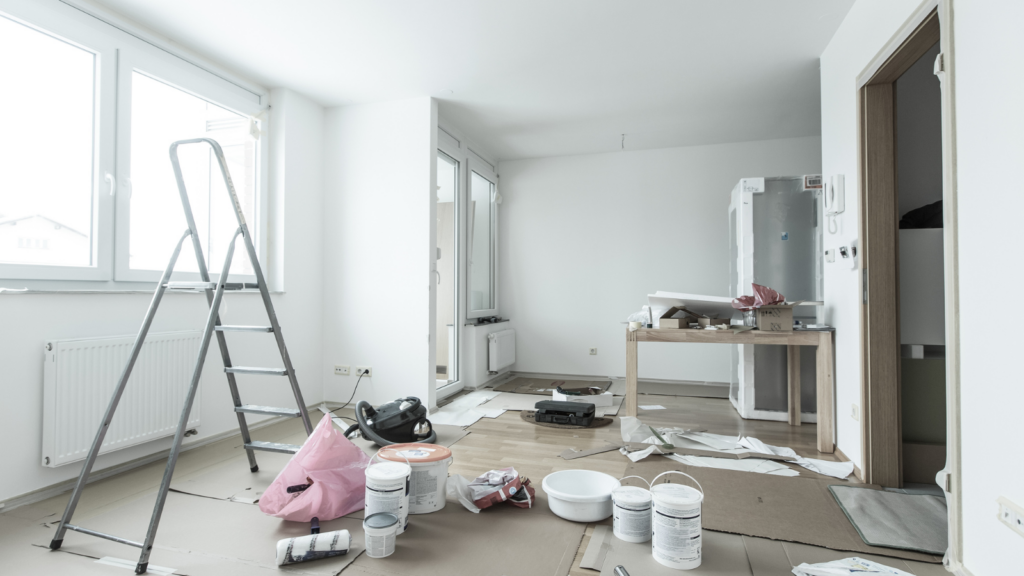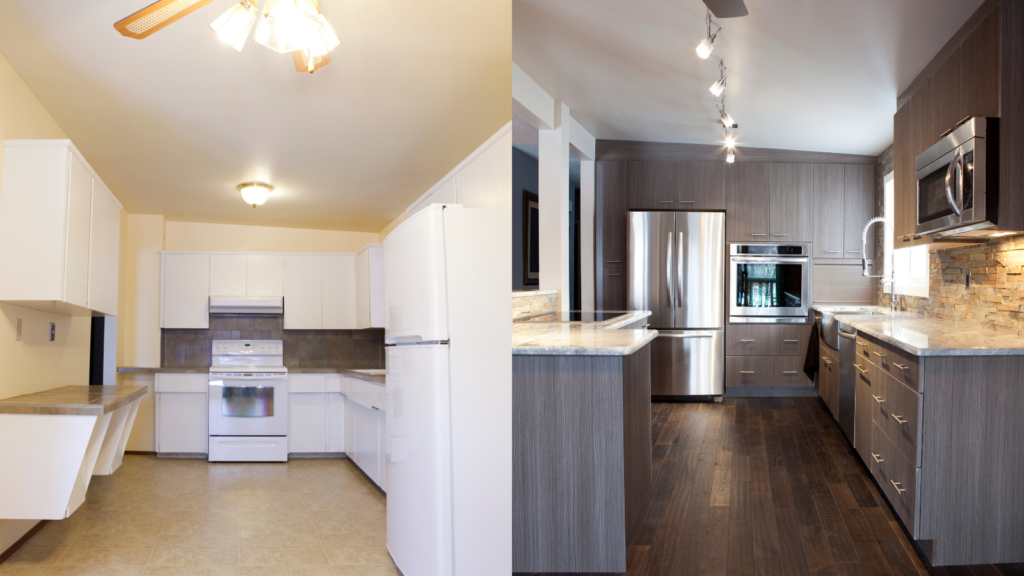Imagining a dream home and turning it into reality isn’t always as straightforward as it seems. Especially when it comes to budgeting, where the unexpected often becomes the rule, not the exception. That’s where the 30 Rule home renovation comes into play, a golden guideline that helps homeowners keep their finances in check.
This rule, a well-kept secret of savvy renovators, could be the key to ensuring your home makeover doesn’t turn into a financial nightmare. It’s all about planning, budgeting, and expecting the unexpected. Stay tuned as we delve into the 30 Rule home renovation project a resounding success.
30 Rule Home Renovation
Origins of the 30% Rule

Originating as a safety net for renovation budgets, the 30 Rule home renovation came into existence. Experienced renovators conceived this rule, aiming to keep homeowners safe from the financial burdens that unplanned expenses can bring. In simple terms, the rule advises homeowners to increase their initial renovation budget by an additional 30%. Spare funds provide a financial cushion when unforeseen costs emerge, preventing renovation projects’ finances from spiraling out of control.
In practical terms, the 30% Rule applies to every aspect of home renovation. Consider a homeowner planning to renovate a kitchen estimated at $10,000. Following the 30% Rule, an additional 30% of the total cost, which is $3,000 in this case, needs to be added to the original budget. Consequently, the new renovation budget stands at $13,000, creating a safety net for potential extra expenditures, such as sudden pipe repairs or appliance upgrades. Thus, the 30% Rule alleviates financial stress, allowing homeowners to accomplish renovations without budget worries.
Examples of Budget Allocation

Exemplifying the application of the 30% Rule can help homeowners get a full picture. Let’s say, homeowner X has a budget of $20,000 ready for a kitchen update. Applying the rule estimates around $6,000 set aside for unforeseen costs.
A markdown table showcasing this allocation looks like:
| Renovation Category | Initial Budget | 30% Buffer |
|---|---|---|
| Kitchen | $20,000 | $6,000 |
If, during the renovations, the floor needs urgent repairs costing $2,000, the extra expense no longer poses a threat. Despite spending an extra amount on the floor, homeowner X still has $4,000 remaining in the buffer.
The 30% rule balances dreams and realities, letting homeowners embrace home renovations without fearing the financial surprises they can often entail.
Tips for Implementing the 30% Rule Successfully
Implementing the 30% Rule in home renovation isn’t a light task. It requires meticulous planning and continuous monitoring. Adherence to this rule can provide a safety buffer for unexpected costs, ensuring renovation projects continue smoothly. Some strategies can help homeowners make the most of this rule, overcoming challenges and pitfalls that may arise during the renovation journey.
Consulting With Professionals
Engaging professionals in home renovation journeys offer immense benefits. They possess profound knowledge in their field, providing homeowners with relevant advice, particularly on budget allocation. In the context of the 30% Rule application, professionals can reveal potential hidden costs associated with remodeling projects.
The 30 Rule Can Serve as a Financial Lifesaver.

Renovating a home doesn’t have to be a daunting task. The 30% Rule can serve as a financial lifesaver, helping homeowners navigate the unpredictable seas of home improvement. It’s a practical tool that ensures that homeowners are financially prepared for any unforeseen costs that might arise during the renovation process. By diligently applying this rule, along with careful planning, continuous monitoring, and seeking expert advice, homeowners can avoid budget blowouts. The 30% Rule, therefore, is not just a budgeting strategy; it’s a path to achieving a successful home renovation. It’s the key to transforming a house into a dream home without breaking the bank. So, remember, when it comes to home renovations, it’s not just about the aesthetics; it’s also about smart budgeting and financial planning. That’s where the 30% Rule comes into play.
